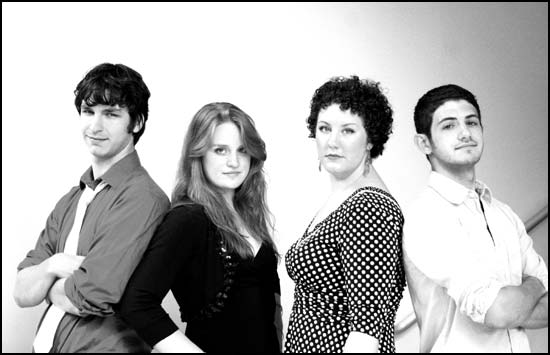
(from left to right: Josh, Rachel, Stephanie, Rich)
Josh Whelchel: we love this guy, and we love his friends. He’s an indie composer, he’s still finishing college, and he’s already written a lot of incredibly catchy music. He’s not afraid of dabbling in ultra-electronic stuff, but he’s also great when it comes to collaborating with vocal and instrumental performers to provide interesting acoustic work. His soundtrack for The Spirit Engine 2 remains one of the most eclectic collections of indie game music out there.
Recently, Josh Whelchel finished work on another indie game: GunGirl 2. For this one, he worked with talented musicians to do a lot of recording, though there is also some synth/sequenced music to be found along the way.
Between all this, Josh also finds time to continue the “Songs for the Cure” project, now two years running (and Josh is already planning the 2011 album!). We interviewed Josh around this time last year but thought it would be appropriate to follow up with him on his most recent endeavors. Learn more, and see more glamor shots of Josh and the GunGirl 2 performers, after the jump.
OSV: Last time we talked, Josh, we spoke about the music for the two Spirit Engine games. Those were great soundtracks for interesting indie RPGs. Have you spoken with Mark Pay in the last few months about doing any new projects?
Josh Whelchel: Mark’s always been relatively hush-hush about his projects; he prefers to avoid hype, and sometimes he just leaves his communication to more personal channels or his forums (he only recently posted that TSE2 went FREEWARE on his homepage). That said, I know he’s up to a few somethings, but it’s probably best to leave it up to him to say what those somethings are. I will say that there have been discussions about the vague possibility of a third installment, but I know nothing more.
OSV: Some of our readers are big fans of indie games, but might not know about the GunGirl series. I’ve heard it described as “Cave Story with undead monsters” or something of that nature. Before getting to the music, can you tell us about the game itself, and how the sequel improves on the original?
JW: Well, the original game reminded me more of the kind of thing you would expect to see from somebody who has just starting making games: lots of borrowed resources. At its core, though, GunGirl (1) is a pretty fun game. The thing I find really amazing though is how Paul (the creator) managed to learn so much and put that into the sequel. GunGirl 2, at first glance, looks like a mindless zombie shooter with simple graphics… but therein lies its charm! Role-playing elements combine with this cute laid back vibe to really open the game up to a wide audience. It appeals to those who enjoy arcade and casual forms, as well as hardcore gamers looking to really get some playtime. A lot of time can be spent powering up your character beyond the basic storyline and there’s a lot to be said for the kind of gameplay combination that’s been conjured up here.
If I had to sum it up briefly, I’d say “shoot zombies, develop your character, and save the world.” Oh, and then Rich Brilli would probably say something about rocking out along the way.
OSV: You used “live” performers for GunGirl 2, correct? What was that process like, and how much of the soundtrack is recorded “performance” tracks versus synthesized, sequenced music?
JW: I had loads of fun working with live performers for this soundtrack, but it was a ton of work and the process greatly differed for each musician. There were several sessions where I had guitarist Rich Brilli come in and lay down a few ideas either over a chord progression or a drum beat. For guitar parts where I had clear ideas, it was mostly about communicating the chord progression or demonstrating on my own guitar for him, but for the most part he knew exactly what I was looking for – it was very fortunate that we shared the same wavelengths on this project.
Working with a classically trained violinist (Rachel Denlinger) was a much different story. This process required most of the music to be put together before she recorded, and I had the pleasure of notating her parts in Sibelius. This was a ton of fun, though, because it resonated with the classically trained musician in myself, and it required me to utilize what I study in school on a day-to-day basis. I was really pleased with how the combination of these two writing styles merged, as in the track Anomaly (#8), where the virtuosic violin passage really complements Rich’s powerful solos.
In pretty stark contrast to the rest of the soundtrack, the track “Libera Me” (#26) features a mezzo-soprano (Stephanie Schoenhofer), as well as the violinist. The process for writing this piece was completely different, and was really the first time I’ve actually notated an entire piece of music out by hand before touching a sequencer – and I think this spoke volumes to the result. I was extremely picky with every inch of that piece and, all said in done, we got the two live parts recorded and mixed in a day.
In the end we had over half of the tracks on the soundtrack featuring live performers in some way, and we were sort of our own little chamber group.
OSV: Does this mean you’ll be working with them (Rich, Rachel, Stephanie) more in the future?
JW: There is no doubt in my mind I’ll be working with these three again. I am working this summer on a mini-opera that will be performed, in part, by Rachel and Stephanie. As far as soundtracks go, I can promise you’ll see (or rather, hear) them again.
OSV: Now two years running, the “Songs For The Cure” project has raised over $10,000 cumulative to fund cancer research. Did you ever think that music from indie artists (many of them still in their college years) could generate such significant (5-digit) figures for charity? What was your original goal when you started and how has that goal expanded as you’ve gained more notoriety for the project?
JW: I had absolutely NO idea how much attention we were going to gain. I always knew there was a lot of potential in the kind of music we as indie artists write and produce, but I wasn’t quite sure what the result would be. I think Alec Holowka said it best in his mini-documentary about the project; it really is an artistic expression of several very diverse individuals and groups that come together to create this massive statement against cancer. No matter what kind of background these artists have or style of music they prefer, they all still relate to the mission and have a lot of energy to put into the fight against cancer.
My initial goal when I first used my own music to raise money was $500, but the support of websites like TIGSource helped me realize there was a lot more fire in our community than I initially thought. After approaching other artists about the compilation-style project, I was expecting between $2,000 and $3,000, so to raise over $7,000 in our first year was overwhelming. Likewise, raising $8,000 this year has also been incredible.
OSV: Have you started considering what artists might contribute to SftC 2011?
JW: I’ve been doing some scouting and thinking – but the biggest effort at this time is deciding on the layout of next year’s album to maximize the desire for the specific audiences we appeal to. We’ve got a lot of different styles coming together on this album and a lot of people hesitate to take the leap due to not having enough of the thing they want to hear, or they just buy the singles. That’s going to be resolved next year when we make -THREE- different albums, categorized by more cohesive genres. That said, I have a lot of musicians and composers in mind for next year’s album and I am extremely excited to see the result.
OSV: With the last two releases, have you found more people want the digital copy only, or do you bring in significant funds with the physical printing of the CDs?
JW: It turns out that most people do in fact donate enough to get the physical CD, and it seems that sometimes that is the selling point to get people to give just a little more – but I’m still fairly confident that we’d be successful with a digital-only release. Printing the CDs essentially becomes a donation made by sponsors and myself, though, so restructuring of this process may pay off in the end. Mustin made a good point in his most recent interview with OSV about physical CDs just not being the bee’s knees anymore.
OSV: Have you considered doing an SftC live event: and if so, where would you like to do it?
JW: I had a dream about this once, and I was asked about the possibility of doing this at our Relay for Life event at school. However, if I were ever to do any kind of SftC live event, it’d have to be at MAGFest, no questions asked. A mini-concert, or just sponsoring a concert and providing a few extra guests and gathering donations – whatever would work. Brendan (Mr. MAGFest himself) has been a HUGE supporter of our project and even contributed a track as Inverse Phase this year.
OSV: What’s the status on your “Poolside” project presently, and could you explain to our readers what “Poolside” is all about?
JW: Poolside is a sort of a side-project [as compared to] my main musical focus. I essentially needed a way to express all of the cheesier too-heavy-for-my-own-good pop influences that sneak up in my brain. I started Poolside with a childhood friend when I was in high school and we started singing about video games – we had one song called “Lifestream Blast” entirely about Final Fantasy VII that I thought was pretty cool, and you can find that hanging out on YouTube somewhere. As I got older it was clear that I wanted to try something a little more “mainstream” (yes, I just watched all of you shudder), but also keep my video game music influences. I asked my friend Melinda Hershey, whom I met here at University, to join me in creating some electronic-pop tunes and maybe finish an album.
A few things, probably not worth mentioning here, spawned – but the true gem (in my opinion) is “Shine Tonight,” which we submitted to Overclocked Remix and was posted about a month ago. I essentially glitched out Uematsu’s “Fragments of Memories,” wrote an original set of melodies on top of it, and added lyrics. Melinda came in and helped me really give the track some sparkle, and we ended up with a song I’m pretty proud of.
I recently appeared as Poolside in a high-quality, student-produced music video about the school of design here called “DAAP Slap’d” with music that I produced and have a cameo in. It’s pretty funny to watch me dance around like an idiot.
Unfortunately for me, Melinda is off to Uganda in a week and will be headed to the Peace Corps in a number of months, and of course I wish her the best. I’m not sure what this means for Poolside, but I’m sure I’ll always keep creating some sort of cheesy pop music – I definitely plan on doing more OCRemixes and have plans to appear on two of the upcoming albums. I will also say that the GunGirl 2 music team was pretty excited about the idea of making a group centered around the idea of “POPera.”
OSV: One of the most memorable electronic-pop acts of the last decade was “The Postal Service.” It is my understanding that much of this music was pieced together across long distances: emailing .wav and .ses (Adobe Audition Session) files back and forth to finally build something. Even in a third world country, I can imagine it is possible this could be done. Any chance Melinda would entertain such thoughts?
JW: I imagine Melinda will be busy battling strange insects and swimming around in her own sweat, but I’m sure that if I equipped her with a suitable microphone and toolset it’d be hard to keep her away from the idea. I’ll let her get situated first and see how things go – I’m not even sure she’ll have Internet access, but right now she plans on keeping a blog about her experience, and she’s a great writer so I’m looking forward to keeping in touch with her that way! I will always harass her with goofy song lyrics though, and I’ll snail-mail them if I have to!
Our thanks to Mr. Whelchel for the time he committed to answering even more of our questions, and for the lovely photographs! Be sure to keep up with Josh Whelchel’s latest works via jwmusic.org.
(photos courtesy of Lauren Walsh)
Tags: DAAP Slap'd, GunGirl 2, Josh Whelchel, Melinda Hershey, Poolside, Rachel Denlinger, Rich Brilli, Songs For The Cure, Stephanie Schoenhofer, The Spirit Engine





























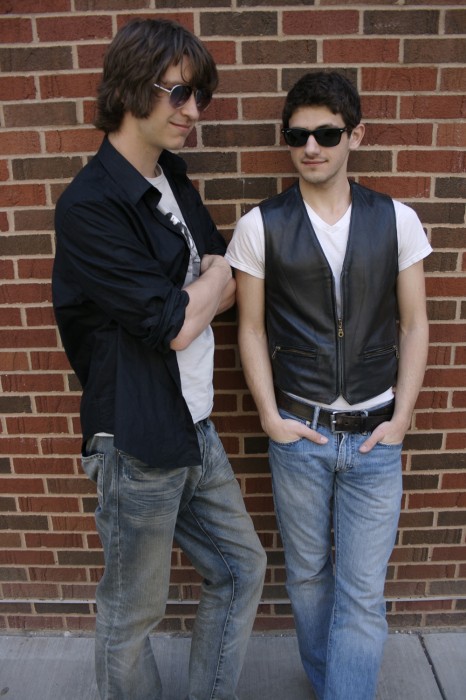
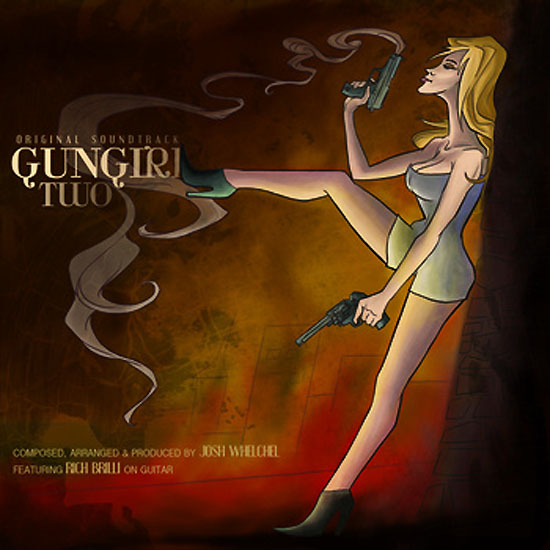
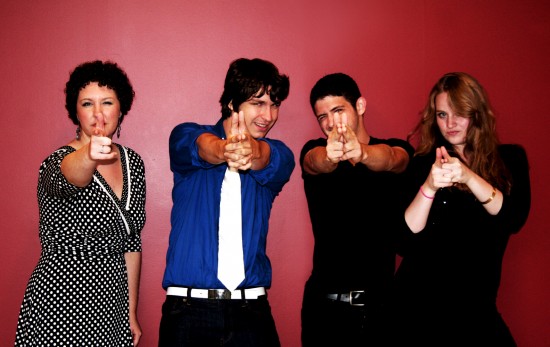
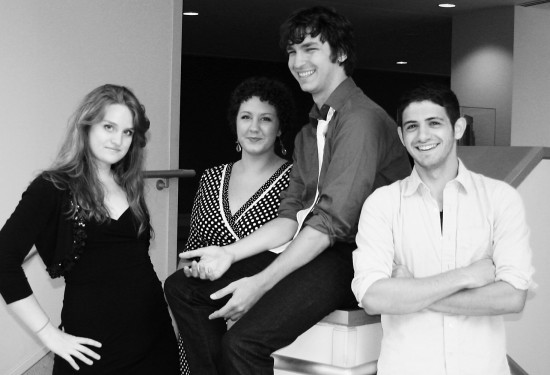
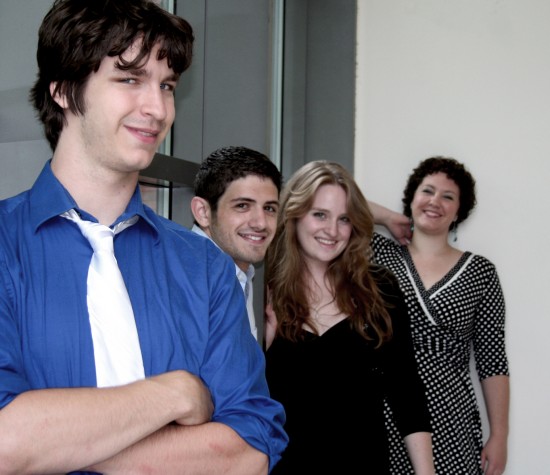
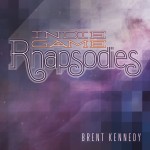

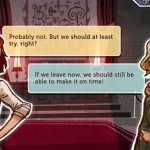
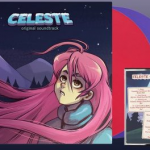







I’ll be anticipating “Songs for the Cure” come its third year. Good music. Great Cause. Loved the GG2 soundtrack, can’t wait for more soundtracks from Welchel. Nice interview. 🙂
Always love to see an interview of Josh Whelchel. Good to catch up on what that guy is doing.
[…] Composer Interview […]